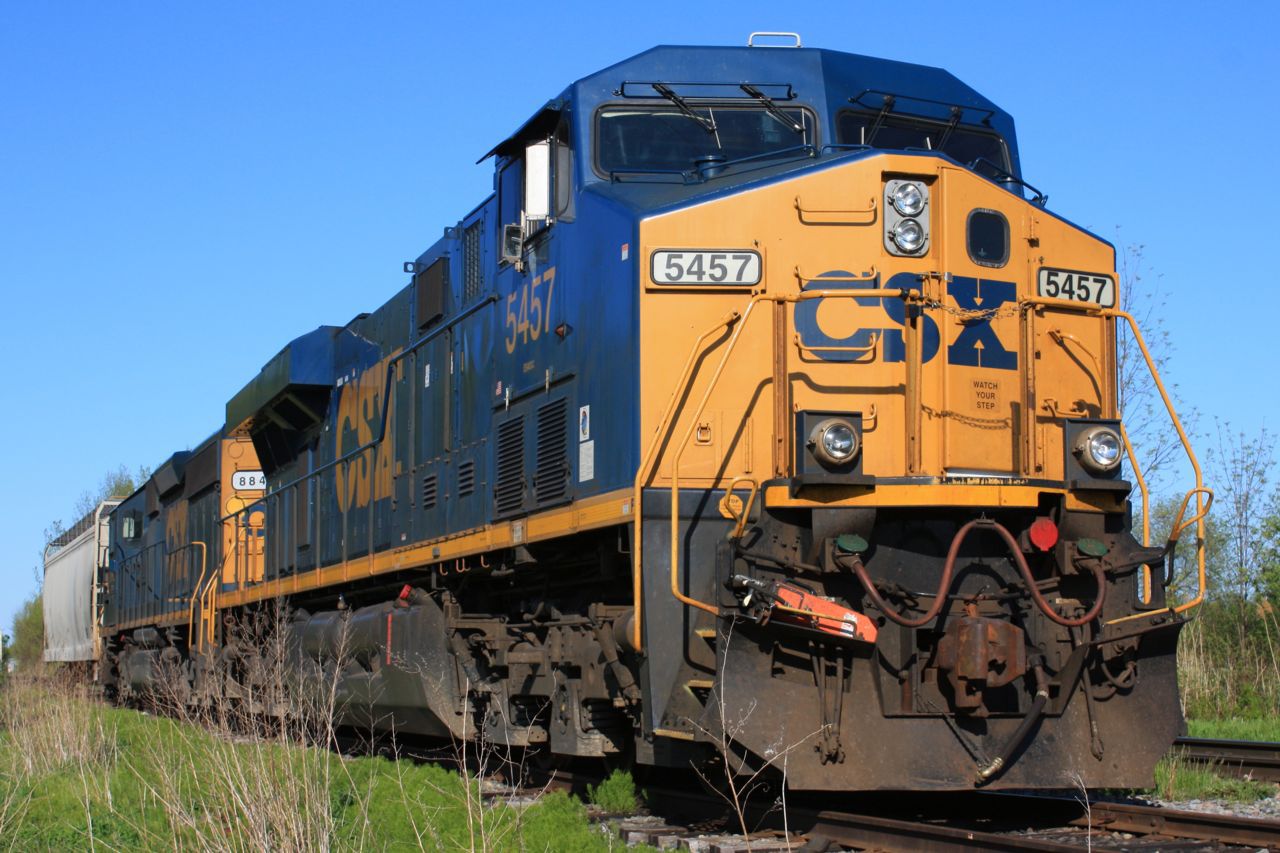 “Air on Board Diesel Trains Is Five Times Worse Than Beside a Busy Street.”
“Air on Board Diesel Trains Is Five Times Worse Than Beside a Busy Street.”
That headline for an April 4, 2019, Chemistry World article would surely grab the attention of railroad engineers, conductors, trackmen and others who work on and around freight trains. But is breathing in diesel exhaust really all that harmful?
Yes. On its website, the American Cancer Society (ACS) notes
Lung cancer is the major cancer thought to be linked to diesel exhaust. Several studies of workers exposed to diesel exhaust have shown small but significant increases in risk of lung cancer. Men with the heaviest and most prolonged exposures, such as railroad workers, heavy equipment operators, miners, and truck drivers, have been found to have higher lung cancer death rates than unexposed workers. Based on the number of people exposed at work, diesel exhaust may pose a substantial health risk.
LEARN MORE
- Railroad Workers at High Risk for Lung Cancer, COPD, Other Lung Diseases
- On-the-Job Exposures to Toxic Materials Put Railroad Employees at Risk for Leukemia, Other Blood Cancers
- What Is the Federal Employers Liability Act (FELA)?
I bolded the last sentence. People who work for freight railroads—a large percentage of my clients—simply cannot avoid diesel fumes. Nearly all the large locomotives used by CSX, Norfolk Southern, Union Pacific, etc. run on diesel. Electric work engines are becoming more common in rail yards, but diesel-powered generators can still be found running everywhere even in the “greenest” yards.
And the risks to railroad workers do not end at lung cancer. According to the ACS, medical studies have found links between on-the-job exposures to diesel exhaust and “cancers of the bladder, larynx (voice box), esophagus, stomach, and pancreas. Studies have also looked for links to blood system cancers such as lymphomas and leukemias (including childhood leukemia).” The parenthetical indicates that youngsters living in neighborhoods near train tracks and rail yards may be at risk.
6 Things Railroads Can Do to Minimize Diesel Fume Exposures
As a longtime attorney for railroad employees who developed occupational illnesses, I see six things rail corporations can do to reduce workers’ risks from diesel exhaust. In no particular order, railroads should
- Establish isolation areas and build shelters where employees can breathe air free from diesel exhaust.
- Upgrade diesel exhaust stacks on locomotive engines to ensure fumes vent around the crew cab instead of entering the enclosed workspace.
- Air-condition and pressurize cabs to discourage engineers and conductors from opening windows and force out engine exhaust.
- Set and enforce hard limits on the amount of time rail yard employees such as trackmen and repairers can spend working around running diesel locomotives or generators without using masks and respirators.
- Develop procedures that limit the time workers need to spend close to idling diesel engines and generators.
- Mandate the use of personal protective equipment such as masks and respirators when diesel fumes rise above a safe concentration of parts per million.
With slight adaptations, these safety measures could be implemented across all industries, from trucking and manufacturing to mining. Few of the steps would require massive expenditures, but each would significantly protect workers against lung cancer and other occupational illnesses.
EJL